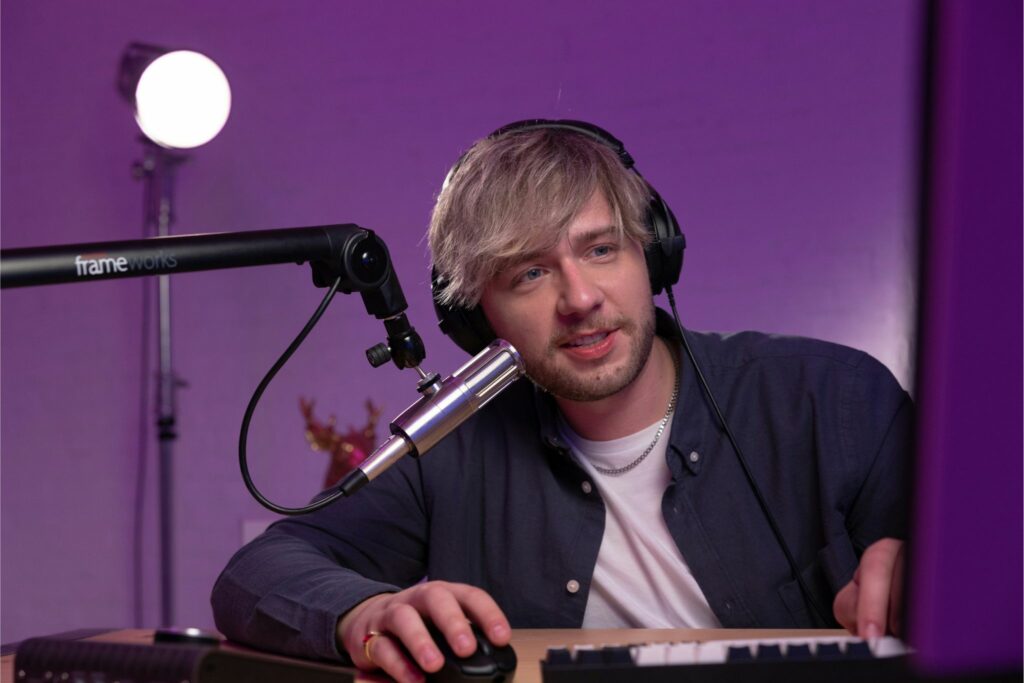The catchphrase “I Want My MTV” still has a lot of emotional resonance and provides an insightful viewpoint on how media and marketing are changing in the modern era.
The future is ultimately shaped by people who welcome change and innovation, as MTV’s history has demonstrated. Since creator content is what will propel the next wave of advertising and consumer engagement, now is the perfect time to invest in and acknowledge it.
When MTV first debuted in 1981, many wrote it off as a fad that wouldn’t continue. It was doubted by critics that a music video-focused channel could hope to compete with more traditional forms of entertainment. However, MTV did not just survive; it flourished, growing into a cultural powerhouse that shaped innumerable music careers and radically altered the course of television, music, and global society.
In addition to igniting a cultural revolution, MTV emerged as a crucial commercial collaborator in the promotion of motion pictures, music, and advertisements. MTV directors like Michael Bay, David Fincher, and Spike Jonze transitioned into successful film filmmakers along the road. In the same way that today’s digital innovators know how to reach and influence millions of fans, their storyline and editing style captivated youthful audiences.
Creator marketing is changing how consumers find companies, make decisions about what to buy, and develop communities in the same way that MTV revolutionized music consumption and introduced audiences to new artists. The data clearly shows the shift. Traditional media is losing viewers at a rapid pace. For the first time, according to GWI, the average person had spent 30% more time on social media in 2023 than they did watching television.

But there’s still a big gap: mainstream creatives, the press, and a lot of people who own marketing budgets still don’t view creator-produced videos, whether they’re short or long form, on TikTok, YouTube, or Reels, as premium content or on par with TV advertisements.
Only a small number of reporters cover the creative work of creators, despite Goldman Sachs’ prediction that the creator economy might surpass half a trillion dollars by 2027. Reviews of traditional TV advertisements still dominate worldwide advertising trade press coverage.
Many people in the creative sector are curious about what it will take to change this belief. At their own risk, would the doubters choose to reject this new reality, or, before it’s too late, will they see the power and promise of creator content? There’s no denying the momentum, and the change is already happening.
A new note: Perspectives from the Cannes Lions Festival
A noticeable change was observed at the June annual Cannes Lions International Festival of Creativity, which is perhaps the most important gathering for the world’s advertising community. More marketers began to view the creator economy as a “must-have” for their campaigns.
This year’s festival saw an exponential increase in the number of producers, with programming from almost every advertising agency, social media platform, and several businesses.
Up and along the Croisette, creators like Yes Theory, Mr. Ballen, Robyn DelMonte, Alix Earle, and others took part in panels and activations. The growing significance of creators in the advertising environment was further highlighted by Cannes Lions, who even turned the Palais into the exclusive headquarters for their first-ever “Lions Creators” track, sponsored by creator marketing agency Viral Nation (reportedly for mid-6 figures).
Next-generation, international creator marketing specialists like Victoire Binet, Global Brand Engagement Director at Unilever, Caspar Lee of Creator Ventures, Zack Honarvar of Creator Now, and Ashley Cole Seidman, VP of Global Content Strategy, Development & Distribution at Visa, have been added to the Cannes Lions speaker lineup. Seidman’s attention to the factors that contribute to the success of both creators and brands, along with the importance of understanding one another, serves as an illustration of the sophistication of these conversations. “Listening and learning more before we brief and talk openly about results,” she said, was crucial.
Although the festival has included a “social and influencer award category” since 2018, both the number and caliber of entries increased this year. This year, the jury “whittled down 1,800 submissions to arrive at the winners,” according to Amy Ferguson, the president of the Social and Influencer Jury (CCO and partner at Special US). The winners included McDonald’s Japan, “No Smiles” (Gold Lion), and the grand prix winner, “Michael CeraVe”, which starred Michael Cera in an unconventional role as a beauty influencer.
Adetutu Laditan, Marketing Lead for YouTube in Sub-Saharan Africa and another member of the Social and Influencer jury, revealed some of the judging standards, saying: “We looked for ideas and strategies that have never been done before.” However, it must also be acknowledged that it must make sense coming from the brand; otherwise, it will not be effective.
Similar to how MTV changed from being written off as a novelty to becoming a major force in culture, creator marketing is about to undergo a similar metamorphosis. The industry may leverage the potential of these individuals to propel brand success and cultural relevance in the contemporary day by acknowledging and honoring their distinct value contributions. Although there is still a long way to go until creator marketing is accepted, it is clear that it is here to stay and will significantly change how consumers interact with brands in the future.

The current leaders in the marketing sector run the risk of falling behind if they don’t adjust to this new reality.
(Tashia Bernardus)
